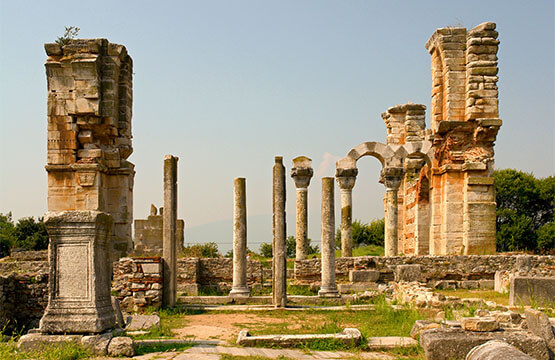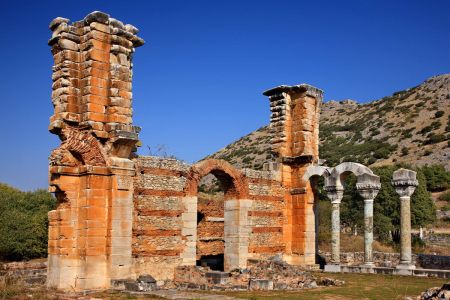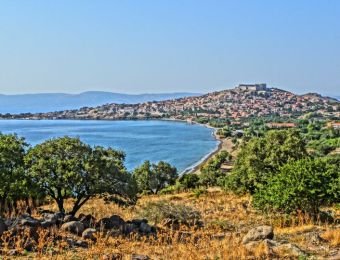Major archaeological discovery made in Philippi

Πηγή Φωτογραφίας: Visit Kavala- Visit Greece
On Friday, September 16, 2022, the excavation research carried out by a team from the Aristotle University of Thessaloniki (AuTH) in Philippi, with the director of the excavation Professor Natalia Poulos and collaborators Assistant Professor Anastasios Tantsis and Emeritus Professor Aristotle Menzos, was completed, the Ministry of Sport and Culture announced.
Twenty-four AuTH students (18 undergraduates, 3 postgraduates and 3 PhD candidates) took part in the excavation. The research was funded by the regular budget of the University and the Research Committee, AUTH.

This year, the excavation continued on the eastern side of one of the main streets of the city, which at this point meets another main axis that passes further north. The point of convergence of the two streets is formed by a widening (a square) dominated by a richly decorated building, probably a fountain.
The building had a special architectural decoration, fragments of which were uncovered. Its decoration was completed by an impressive statue from Roman times (2nd century AD). The statue, whose size is larger than life, depicts Hercules with a youthful body.
The club, which has been found in fragments, and the lion hanging from the outstretched left hand attest to the identity of the mythological hero. On the earl’s crest he wears a wreath of vine leaves which is held at the back by a band whose ends end at the shoulders.
The specific statue adorned a building which, according to the excavation findings, dates to the 8th/9th century AD.
We know from the sources as well as from the archaeological data that in Constantinople statues from the classical and Roman period adorned buildings and public spaces until the late Byzantine period.
This find demonstrates the way public spaces were decorated in the important cities of the Byzantine Empire, including Philippi.
The excavation will continue next year.
Διαβάστε όλες τις τελευταίες Ειδήσεις από την Ελλάδα και τον Κόσμο





























Το σχόλιο σας